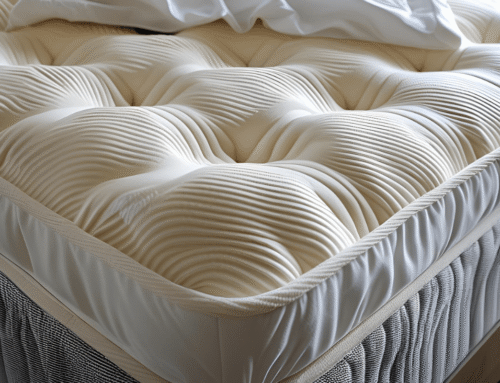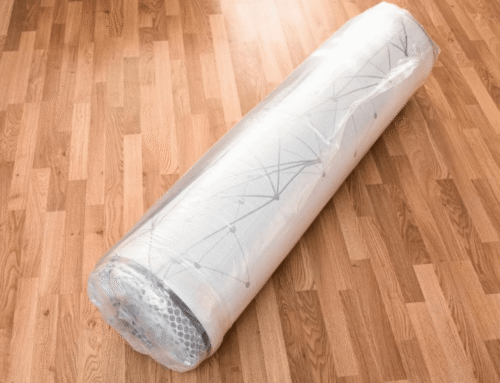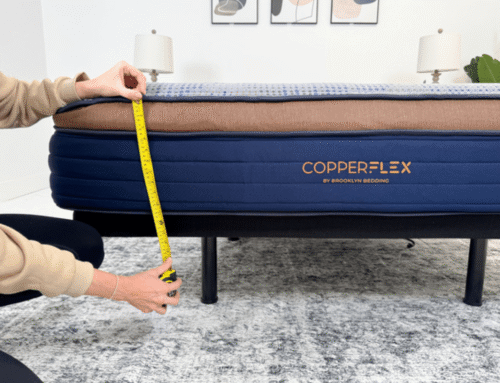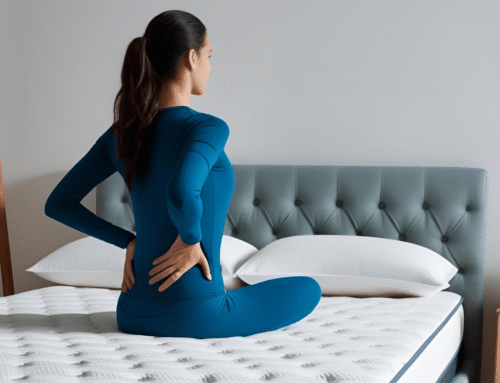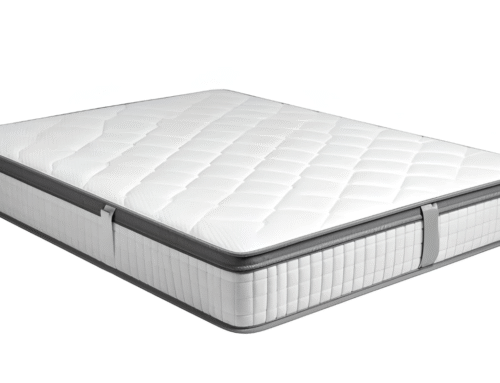A soft mattress feels plush and contours closely to your body, reducing pressure on your shoulders and hips. Side sleepers often enjoy the cushioning, though too much sink can throw off spinal alignment. If you shift positions at night or need extra support, a softer mattress might not keep your back properly aligned.
A medium mattress balances comfort and support, which allows some contouring without excessive sinking. It suits combination sleepers who move between positions and need a mix of softness and firmness. Those who want a little cushioning without feeling stuck in their bed often find this option more comfortable.
What feels best depends on how you sleep and what support your body needs. Soft mattresses give deep cushioning but may lack support, while medium ones provide a more even feel. Let’s explore which firmness level fits your sleep style.
Key Takeaways
- Soft mattresses deliver plush comfort and pressure relief, so they suit side sleepers and those with joint pain best.
- Medium mattresses offer a balanced feel with both comfort and support, which makes them ideal for all sleeping positions, especially for back and stomach sleepers.
- Medium firmness absorbs movement well, so couples experience fewer sleep disruptions and more consistent rest.
- Soft mattresses feel cloud-like, yet they often lack the support needed to keep your spine aligned throughout the night.
- Medium mattresses support spinal alignment without feeling too firm or too soft, so they help reduce pain and improve sleep quality.

What Is a Soft Mattress?
What is a soft mattress, what is a soft mattress good for, and how to sleep on soft mattress comfortably? A soft mattress feels plush and cushioned, and lets you sink into the bed. The top layers use materials like memory foam, latex, or polyfoam, which contour to your body and create a cradling effect. This type of mattress feels cozy, especially if you like a bed that molds to your shape.
Side sleepers often prefer soft mattresses since the extra padding reduces pressure on the hips and shoulders. Your body sinks just enough to keep your spine aligned, so you wake up without stiffness. Back sleepers may find a soft mattress comfortable too, as long as it offers enough support. Stomach sleepers and heavier individuals may experience discomfort on a soft mattress. Too much sinking strains the lower back, which can lead to pain over time. A medium or medium-soft option provides a better balance of softness and support.
What Is a Medium Mattress?
A medium mattress lands right in the sweet spot between soft and firm. It cushions your body enough to feel cozy while keeping your spine in a healthy position. Many medium mattresses use memory foam, coils, or hybrid layers to balance comfort and support. This firmness level works well if you shift positions at night. It’s soft enough to relieve pressure on your shoulders and hips but firm enough to keep you from sinking too much. You won’t feel stuck, and your body stays properly supported.
Couples with different sleep styles often prefer medium mattresses since they provide a neutral feel. One person might like a softer surface, while the other needs more support, and this option meets both needs. It’s a versatile choice that works for most people.
Key Differences Between Soft Vs Medium Mattress
- Firmness Level: Soft mattresses fall between 3 and 4 on the firmness scale, while medium ones range from 5 to 7. Soft options feel plush and cushioned, while medium mattresses give a balance of softness and support.
- Support: Soft mattresses contour closely to the body. Medium mattresses still provide contouring but with better spinal alignment, which helps prevent discomfort over time.
- Pressure Relief: Softer mattresses cushion pressure points like the hips and shoulders for side sleepers. Medium mattresses still relieve pressure but offer more even weight distribution, which can help with back support.
- Motion Transfer: Softer mattresses absorb movement well, which helps if you share a bed with a partner. Medium mattresses still isolate motion but might allow slight movement transfer, especially in hybrid or innerspring designs.
- Durability: Medium mattresses generally hold up better over time since they offer more structural support. Softer mattresses can lose shape faster, especially if they’re made with lower-density foam or less supportive materials.
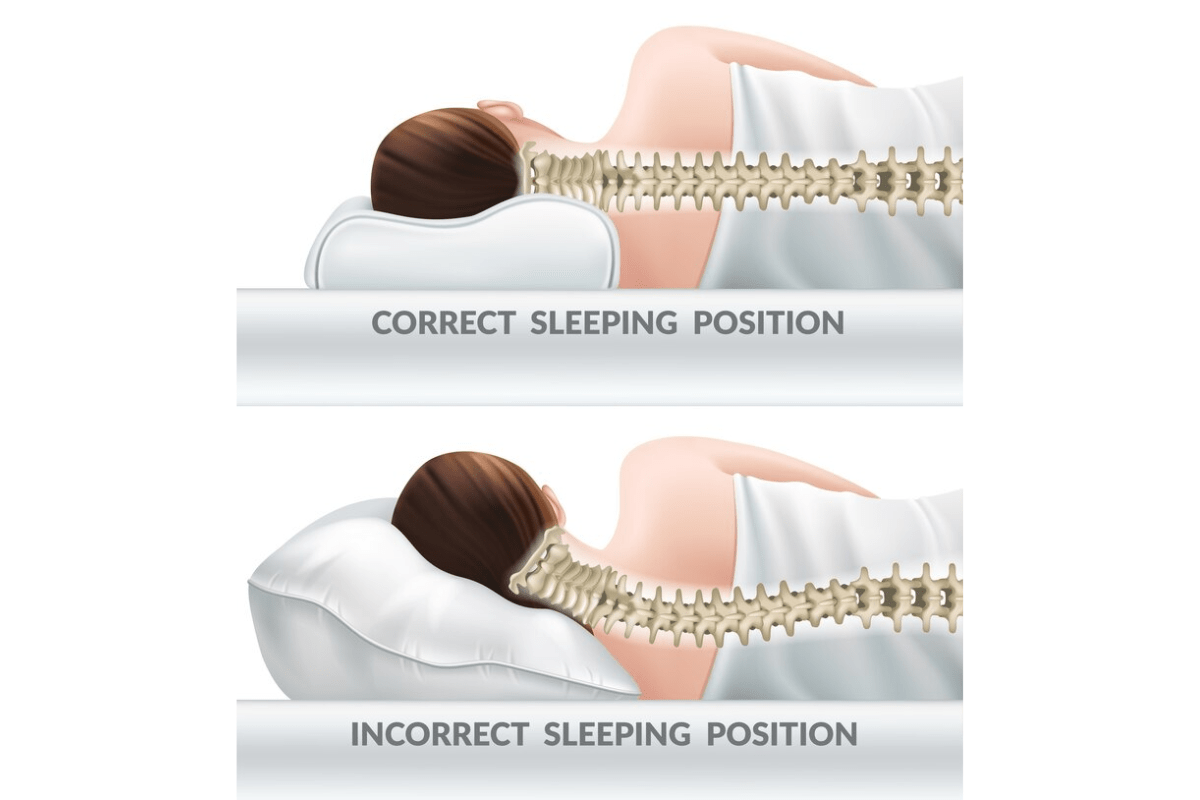
Pros and Cons of a Soft Mattress
A soft mattress feels great for side sleepers since it cushions pressure points like shoulders and hips. Lightweight sleepers get just the right amount of sink for a cozy feel without losing support. It also absorbs movement well, so a restless partner won’t be as much of a disturbance.
But if your mattress feels too soft, you might be wondering, How to make a soft mattress firmer, how to fix a too soft mattress, and why does it hurt my back? Softer beds don’t always support back or stomach sleepers, which can throw the spine out of alignment and cause discomfort. Heavier sleepers might sink too much, making it harder to move or find a comfortable position.
Durability is another concern since softer materials wear out faster and form impressions over time. A firmer mattress or one with reinforced layers might last longer and keep its shape better.
Pros and Cons of a Medium Mattress
A medium mattress feels comfortable and supportive, which is great for different sleeping positions. Back and stomach sleepers get enough firmness to keep their spine in a neutral position, while side sleepers still have some cushioning for their shoulders and hips. It suits people who switch positions at night. It also helps couples who prefer different firmness levels since it’s not too soft or too firm. The balance keeps both sleepers comfortable, and the mattress absorbs movement well, so one person’s tossing and turning won’t disturb the other.
Lightweight side sleepers might think it feels a little too firm, especially if they need extra pressure relief. It also doesn’t mold to the body as much as a softer mattress, so anyone who likes that deep, sinking feel may not find it as comfortable.
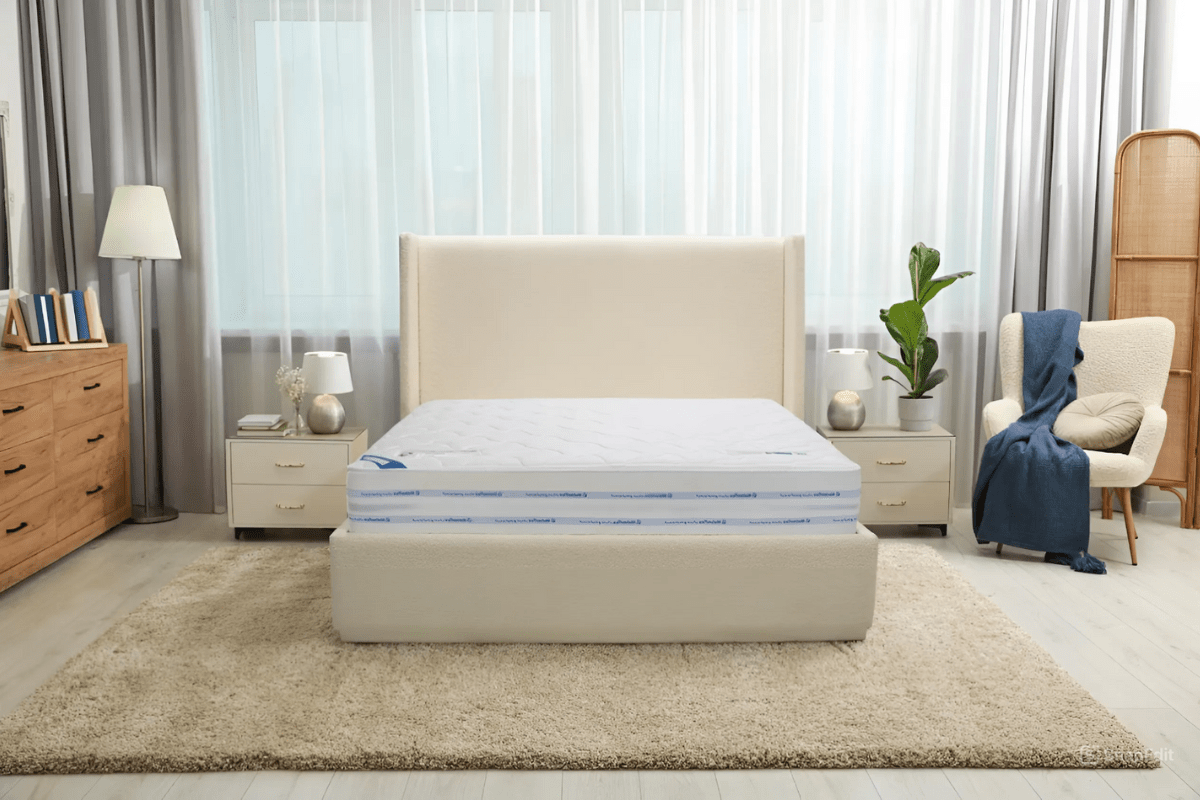
Who Should Choose a Soft Mattress?
A soft mattress cushions the hips and shoulders, which helps side sleepers avoid pressure buildup. If a firmer bed leaves you feeling sore, a plush surface feels more comfortable and allows for better relaxation. It also supports the body in a way that makes long hours in one position less likely to cause stiffness.
For sleepers under 130 lbs, a firmer mattress may feel too rigid since there isn’t enough weight to sink in. A softer surface adapts more easily to the body, providing better contouring and support. This also helps maintain proper spinal alignment, so there’s less strain on the back and neck.
Anyone who enjoys a cozy and weightless feel may find a plush bed more comfortable. Joint and muscle pain often feels worse on a firm surface, while a softer one cushions pressure points instead of pressing into them. Since a plush mattress absorbs movement well, shifting positions feels smoother and less disruptive.
Who Should Choose a Medium Mattress?
You’ll probably enjoy a medium mattress if you sleep on your back or stomach and need extra support. It keeps your spine aligned without feeling too hard, so you won’t wake up sore. If a firm mattress feels stiff but a soft one lacks support, this could be the right balance.
Choosing the right mattress depends to several factors, including comfort and health. How do you know if you need a soft or firm mattress, which is better—firm or soft, and which mattress is good for health? A hard or soft choice? For sleepers under 130 lbs, a firmer mattress may feel too rigid since there isn’t enough weight to sink in. A softer surface adapts more easily to the body, providing better contouring and support. This also helps maintain proper spinal alignment, so there’s less strain on the back and neck.
Sharing a bed with someone who has different preferences? A medium feel meets in the middle so both sides feel comfortable. It’s firm enough to support one person but soft enough to cushion the other, creating a balanced surface that works for most couples.
How to Test Mattress Firmness
Lie down in your usual sleeping position for at least 10–15 minutes so your body can adjust. Pay attention to how your spine lines up and if there’s any pressure on your hips or shoulders. A good mattress should feel supportive without making you sink too much or press against you uncomfortably.
Rolling from side to side helps check if movement feels easy or restricted. If turning over feels like a workout, the mattress is probably too soft. If it feels unyielding with no cushion, it may be too firm. Your body should feel stable and relaxed instead of stiff or strained.
Many brands provide trial periods, so you have time to sleep on the mattress before deciding. A few minutes in a store won’t always show if the support holds up overnight. If you wake up feeling sore or uncomfortable, exchanging it for a different firmness level could be a better choice.
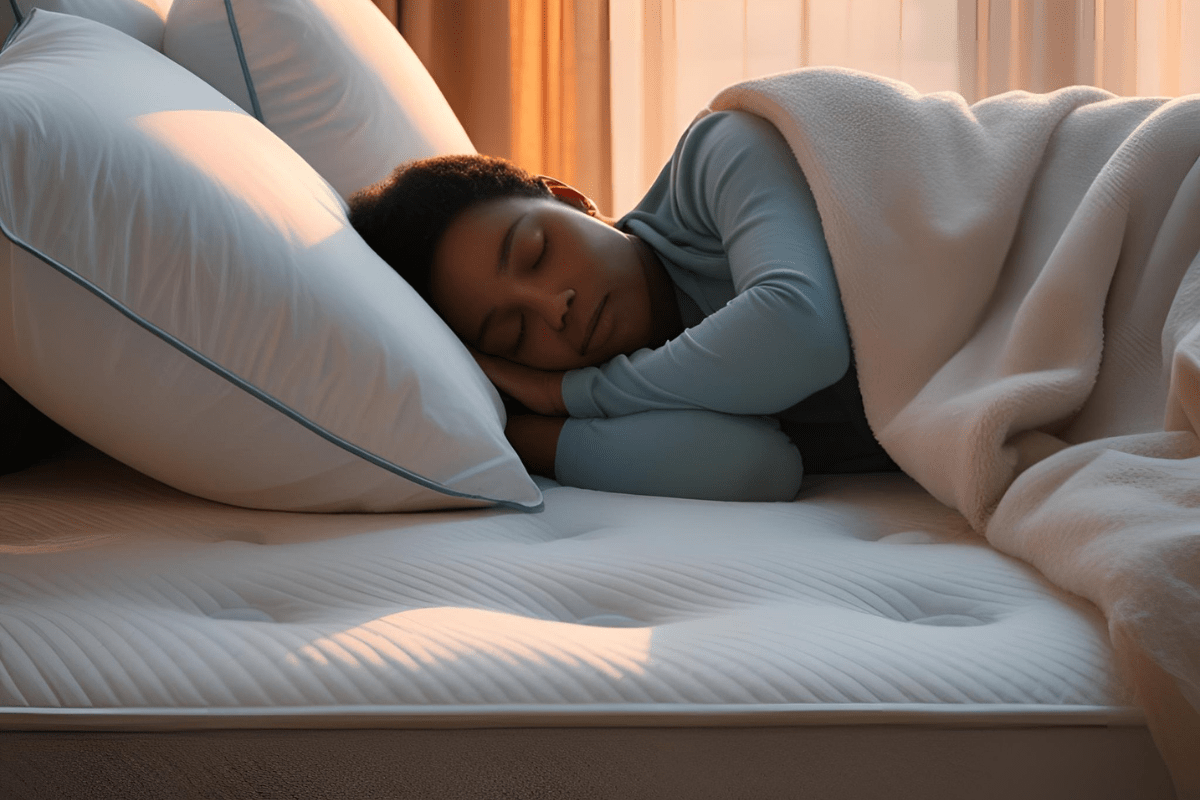
Soft vs. Medium Mattress for Back Pain?
Which is better for lower back pain? Hard or soft mattress? For back pain? Soft or firm mattress? A soft mattress might feel cozy at first, but it can let your hips sink too much, pulling your spine out of alignment. That extra sinkage adds pressure to your lower back instead of easing it. For back pain relief, support matters just as much as comfort.
You may be wondering how you can sleep on a soft mattress with a bad back comfortably? A medium mattress does a better job of keeping the spine in a neutral position without feeling too firm. It provides a balance of support and cushioning, which helps reduce tension in the lower back. That slight pushback keeps everything aligned, so you wake up with fewer aches.
Personal preference is also important, but too much softness can create more problems than it solves. A medium feel is great for different sleeping positions, as it gives enough comfort without sacrificing support. For anyone dealing with back pain, proper alignment is key to better sleep.
Final Thoughts
A soft mattress gives a plush and cushioned feel that’s great for side sleepers and those with lighter body weight. It allows your shoulders and hips to sink in, which can ease pressure points. But if you shift positions often or need more support, it might feel too sinking.
A medium mattress balances comfort and support, which suits most sleep styles. It contours enough for pressure relief while keeping your spine aligned. If you sleep on your back or switch positions through the night, this firmness level feels stable without being too firm.
Testing a mattress in person helps you understand how it supports your body. Personal preference plays a big role, so take time to compare options. A mattress that feels good initially might not work long-term, so consider trial periods before deciding.

